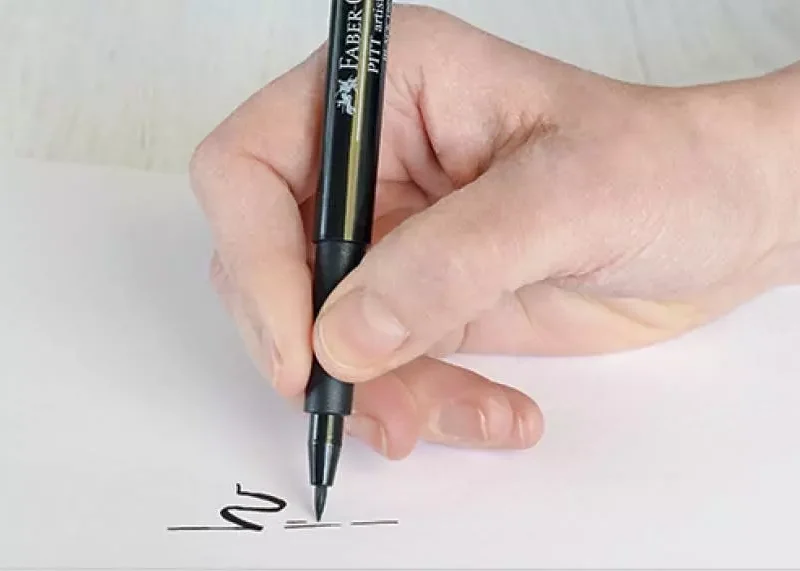If you plan to paint with brush pens, you should get familiar with the way these pens react when they are wet and dry. Creating two color charts and using each one to paint a square on watercolor paper is recommended. Both charts will help you use each color effectively and avoid accidentally mixing different shades. Similarly, you should use both dry and wet real Brush pen to get the right color. After mixing colors, rinse and dry the brush pen thoroughly.
A brush pen is a versatile writing instrument that can be used in various creative endeavors. For beginners, it is recommended to choose one with a firm but flexible tip. Once you get more familiar with using it, you can go for a soft one. Some other properties to consider before purchasing a brush pen include its predictability, elasticity, and bounce. The most important thing to remember is that it will take a lot of practice to master brush calligraphy with a brush pen. So, it is recommended to buy a brush pen that is affordable but also satisfies your budget.
Another key difference between a brush pen and a fine liner is the line width. While a fineliner has a uniform nib width, brush pens come with a wide base and a fine tip. Using the brush pen, you can achieve various line widths by varying your pressure. You can press down firmly to create the thickest line or lightly press down to create a finer line. Both types of brush pens can be used for lettering, whether in an artistic or calligraphical setting.
When you start using brush pens, you should store them flat and brush side down. This way, they will not dry out or become oversaturated. It would help if you also kept a printed font reference close. You can also check out Copic Sketch Markers Set at Club Copicana. Using the same font as your reference helps you to achieve consistency. You can even use a pencil to sketch out the guidelines you need to follow. You can copy the look of the font to get an accurate impression.
You can use both brush pens and fine liners in your artwork. However, brush pens can be more convenient than a fine-line pens because they provide more control over the thickness and width of the strokes. For illustration, brush pens are often used to alternative traditional lettering. This style allows you to create artwork that looks like a paintbrush. You can also use it for lettering as well as lettering. These pens are also useful for sketching.
When writing with a brush pen, you should hold it at a 45-degree angle with the paper to allow you to control the pressure. By doing so, you can get the desired thickness of the downstrokes and a thick line. The angle is not as important when writing thick lines, but if you are aiming for thin upstrokes, you should hold it at a perpendicular angle with the paper. This will ensure that your brush pen has the right pressure for the correct thickness. Make sure to reach Club Copicana for shopping Copic marker calligraphy at reasonable prices.
If you are a fan of watercolors and love to draw with a brush pen, you should consider getting a Kuretake Brush Pen. Its tip is made of superfine nylon bristles that allow you to achieve smooth and controlled strokes. The pen comes with three extra ink cartridges suitable for calligraphy and sketchbook works. There is a corresponding brush pen for every level of artist. And there are many other options available.
Water-soluble brush pens are excellent for watercolor-like effects, and they are also great for Plein air painting trips. These pens can be used in conjunction with a wet brush or water bottle to create quick washes and add color to your sketches. You can even use them in hand lettering and two-tone calligraphy. You’ll need to master these basic techniques before using a brush pen for lettering, and it is easy to get started!
If you’re looking to shop Charlotte’s Web CBD products, get in touch with Mother Earth Natural Health and get a quick solution for all your stress.

